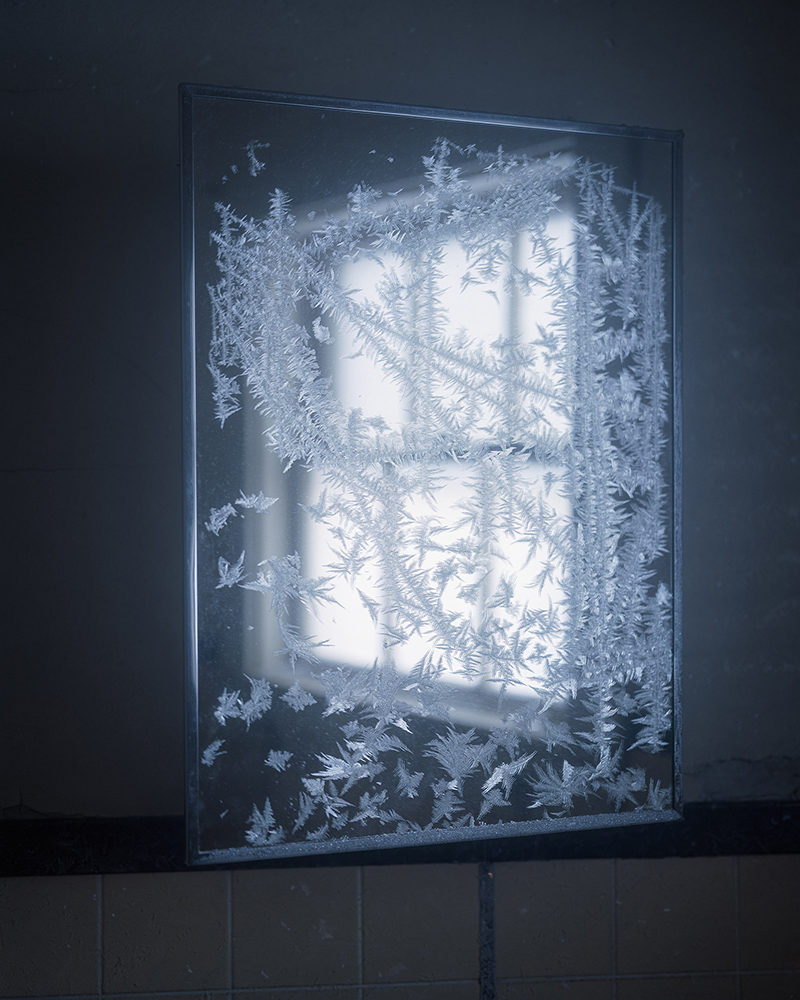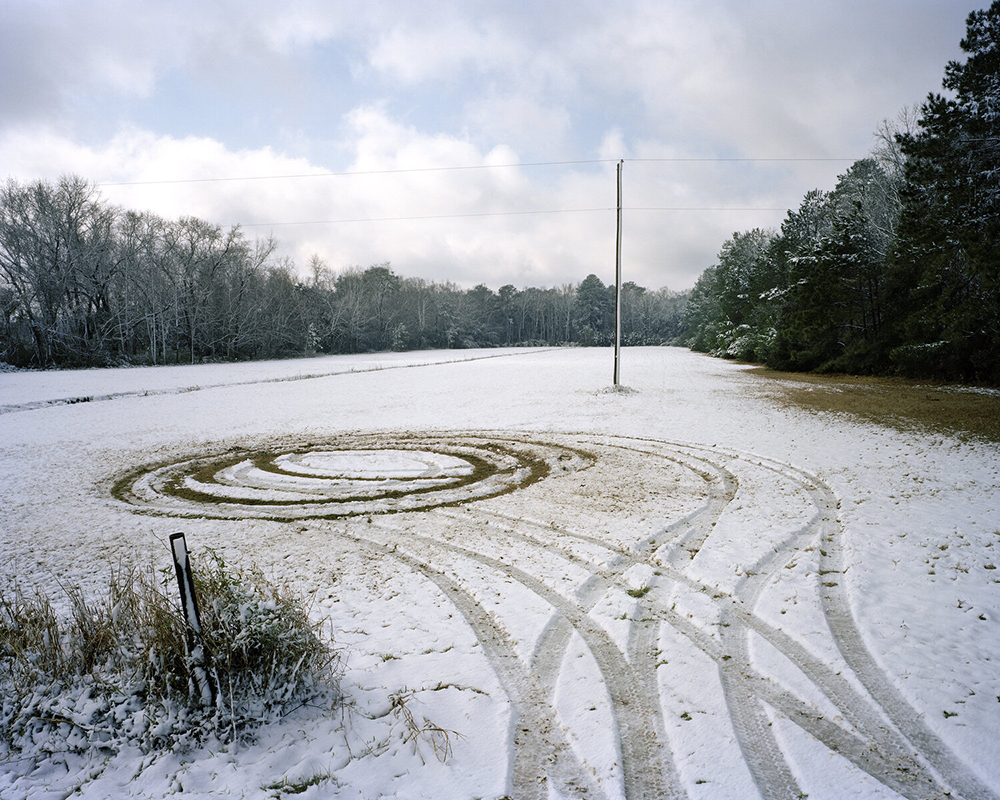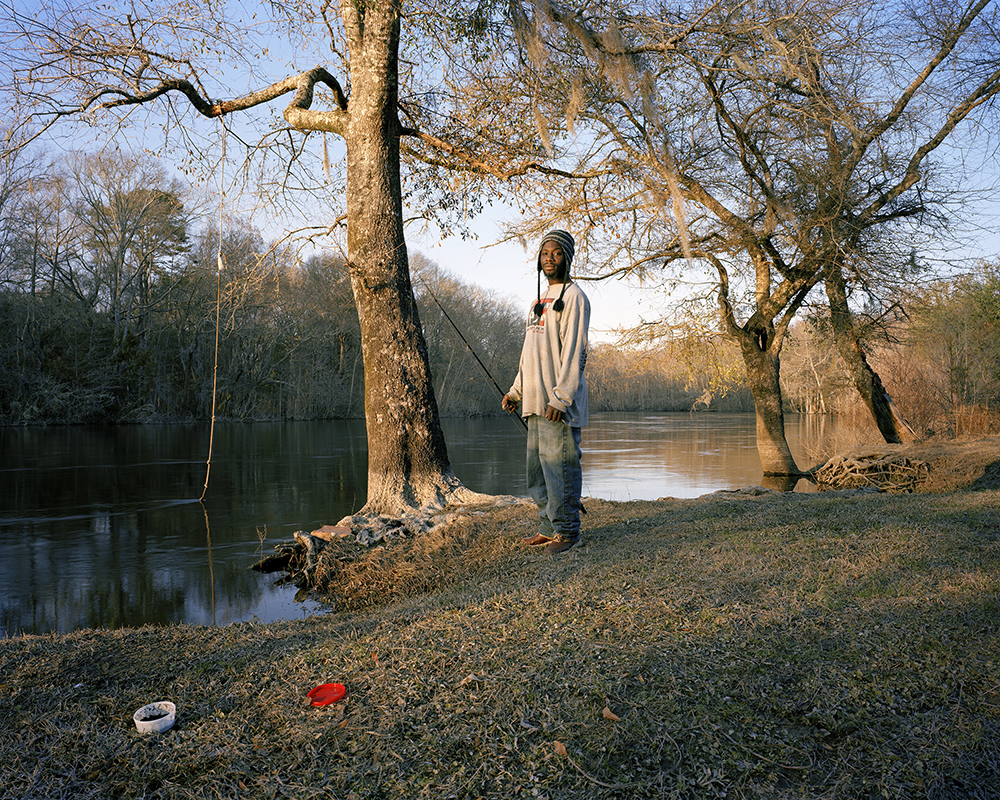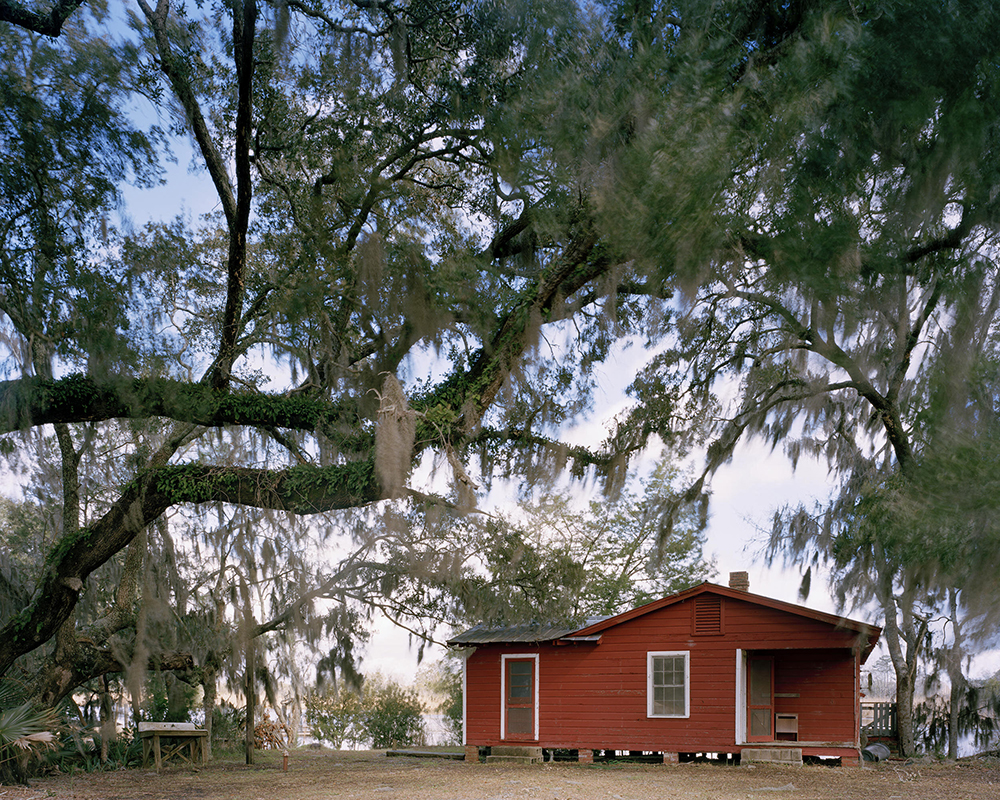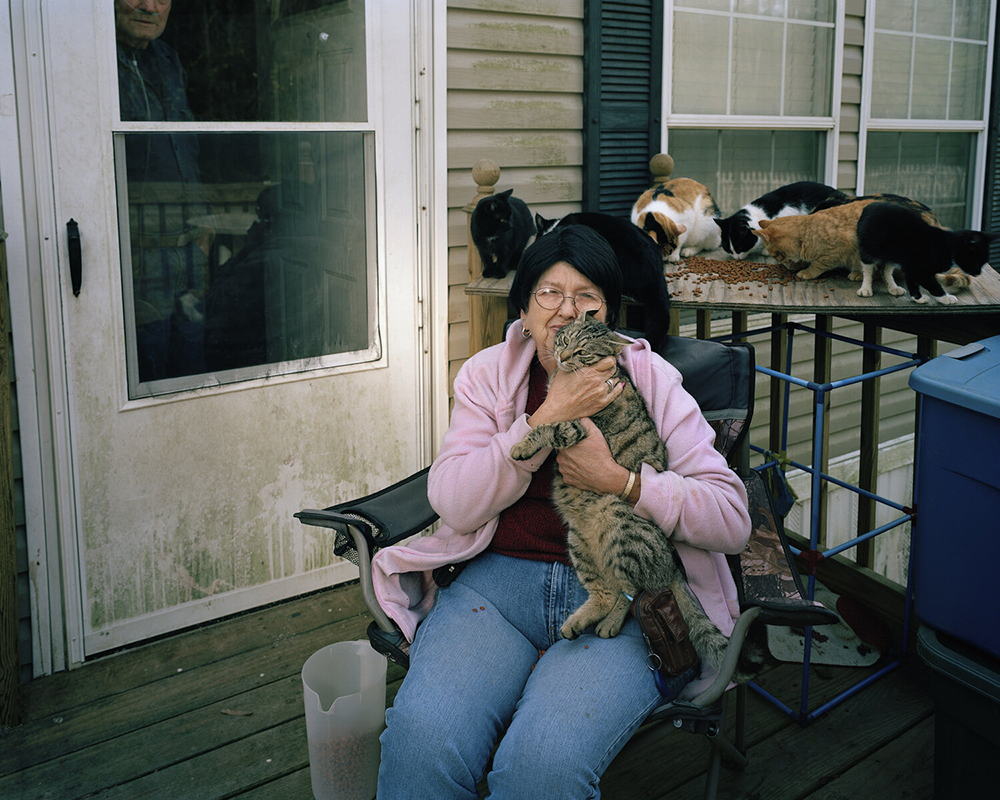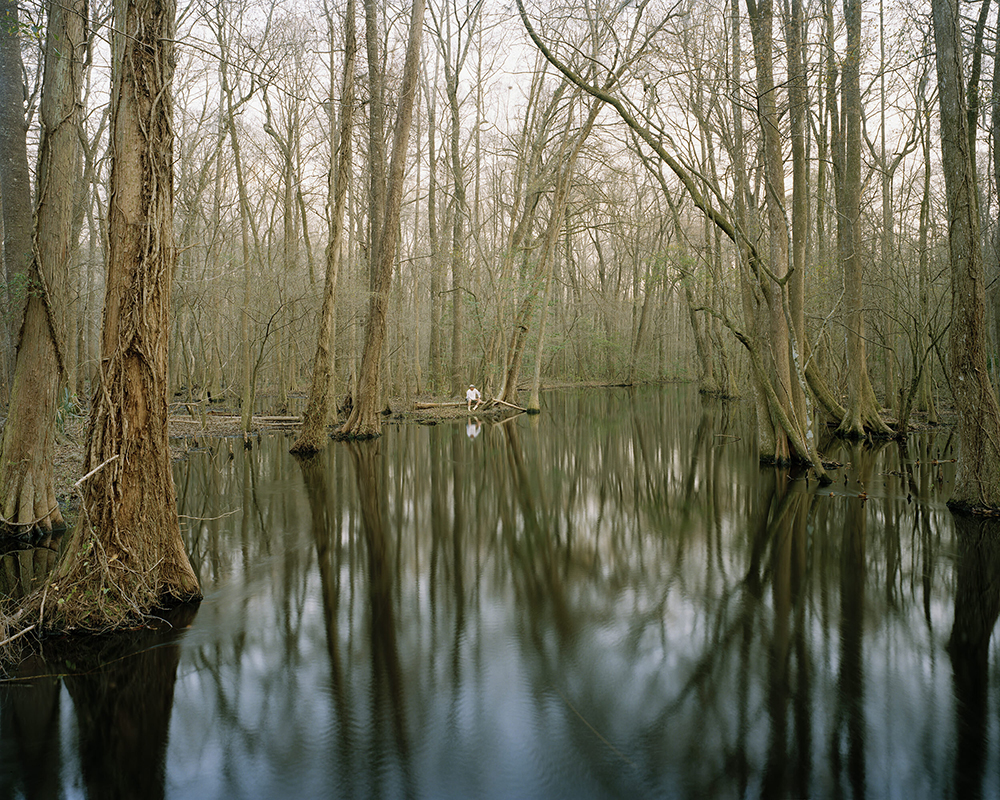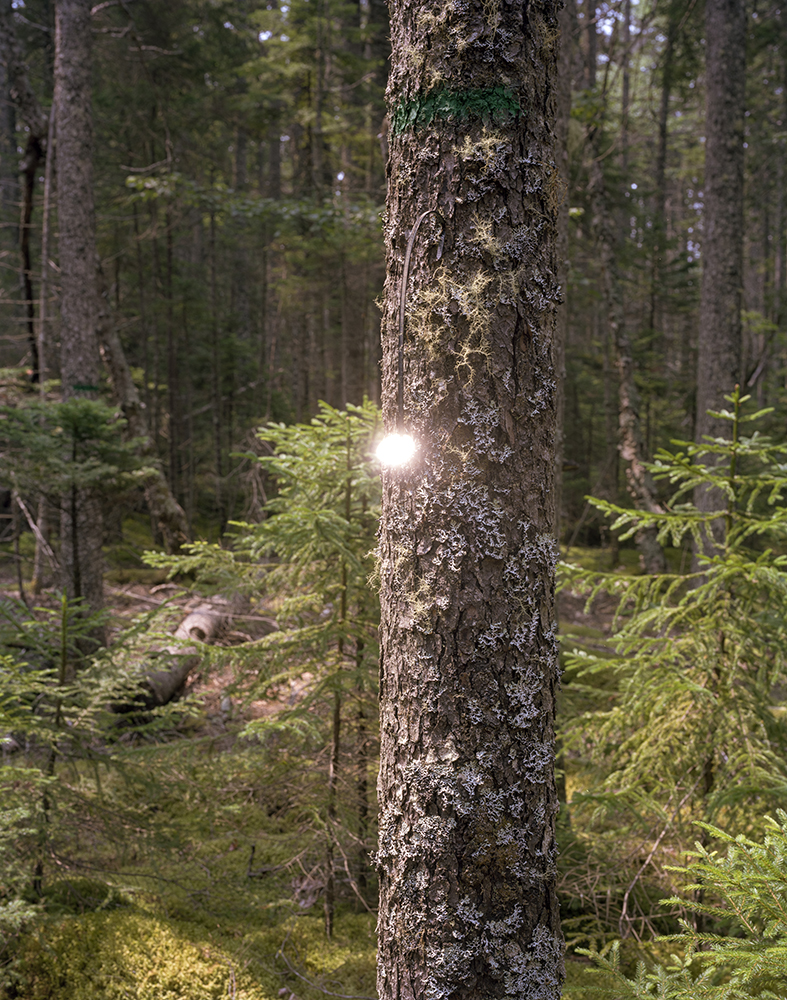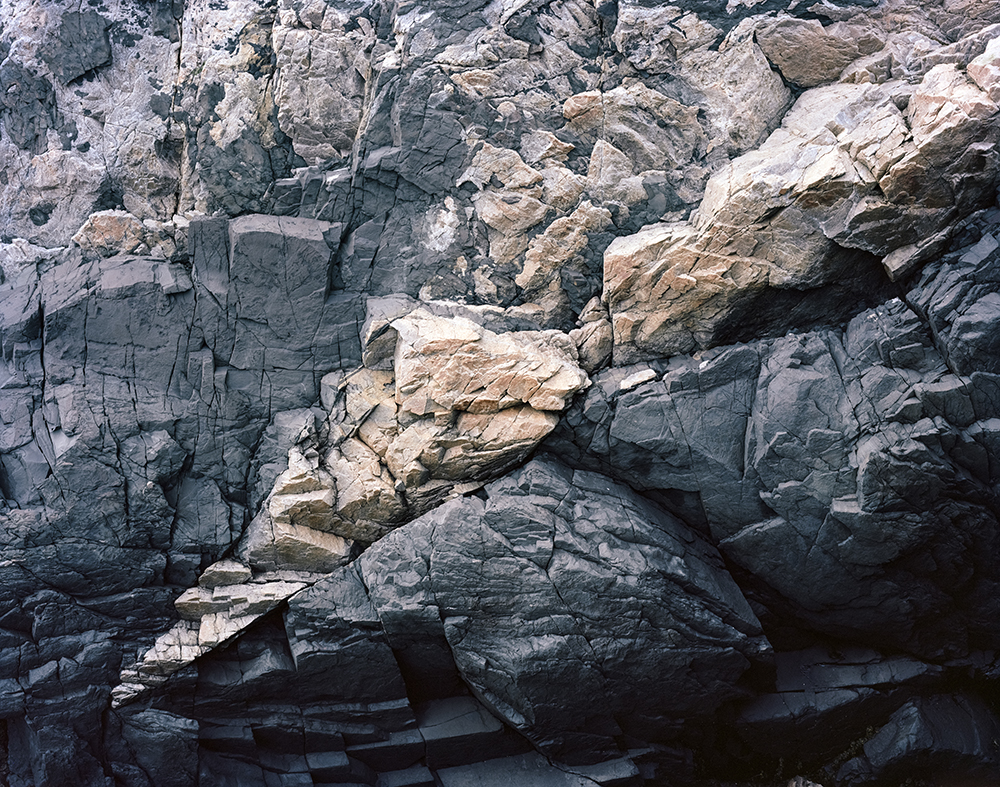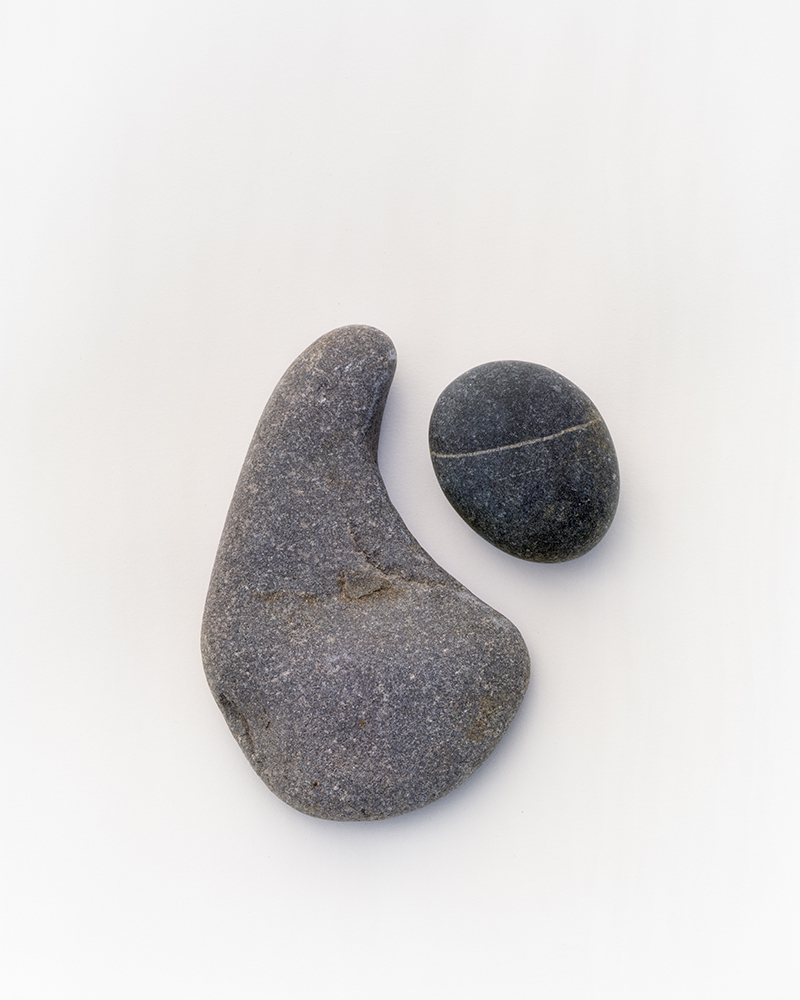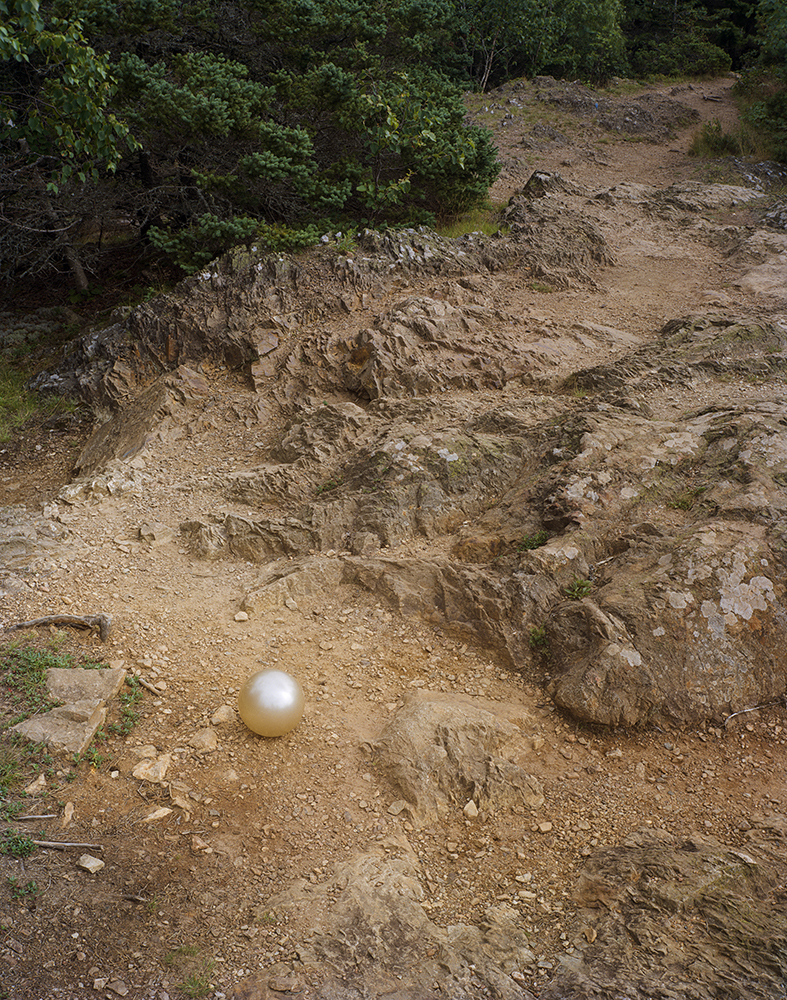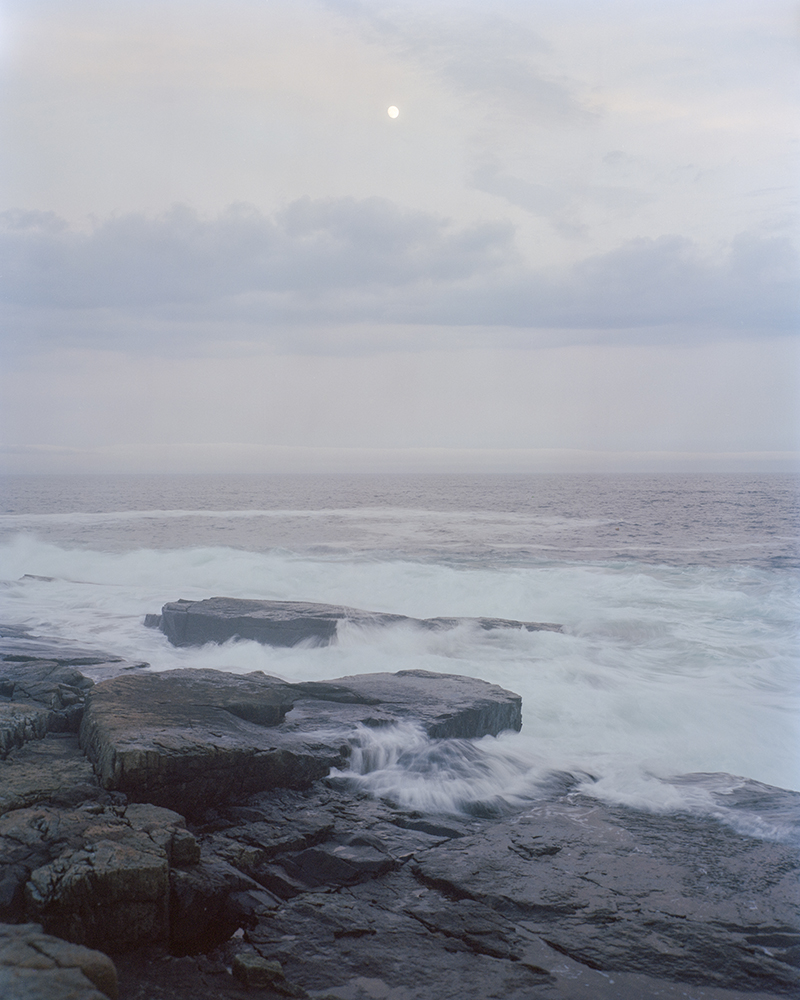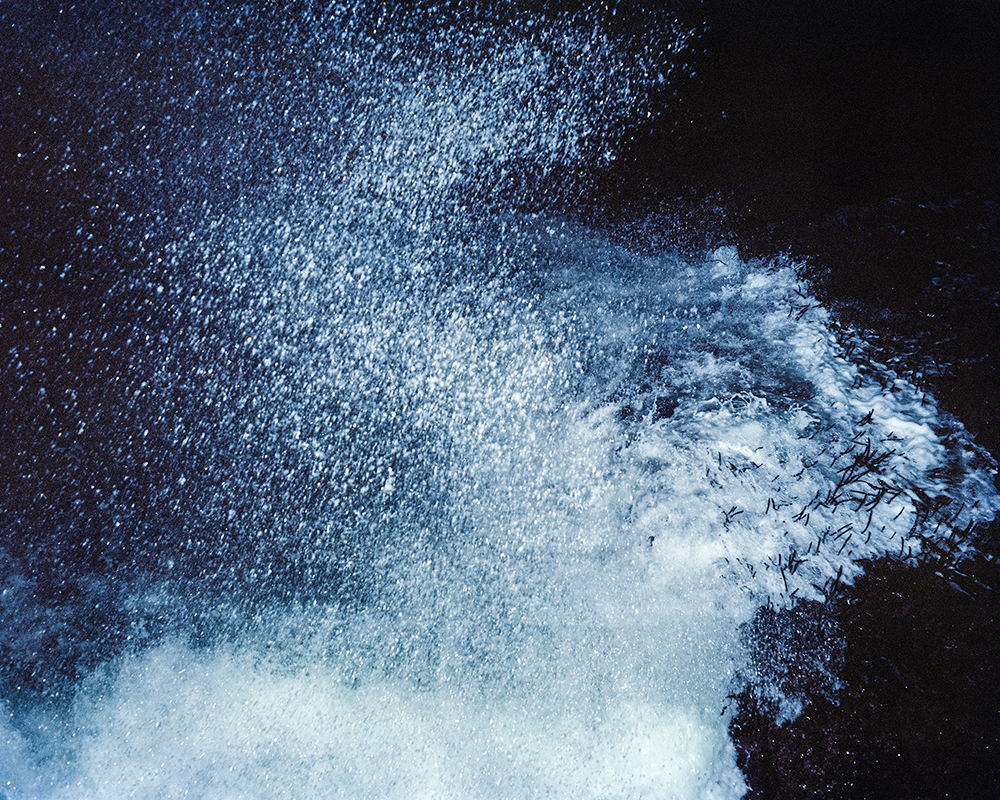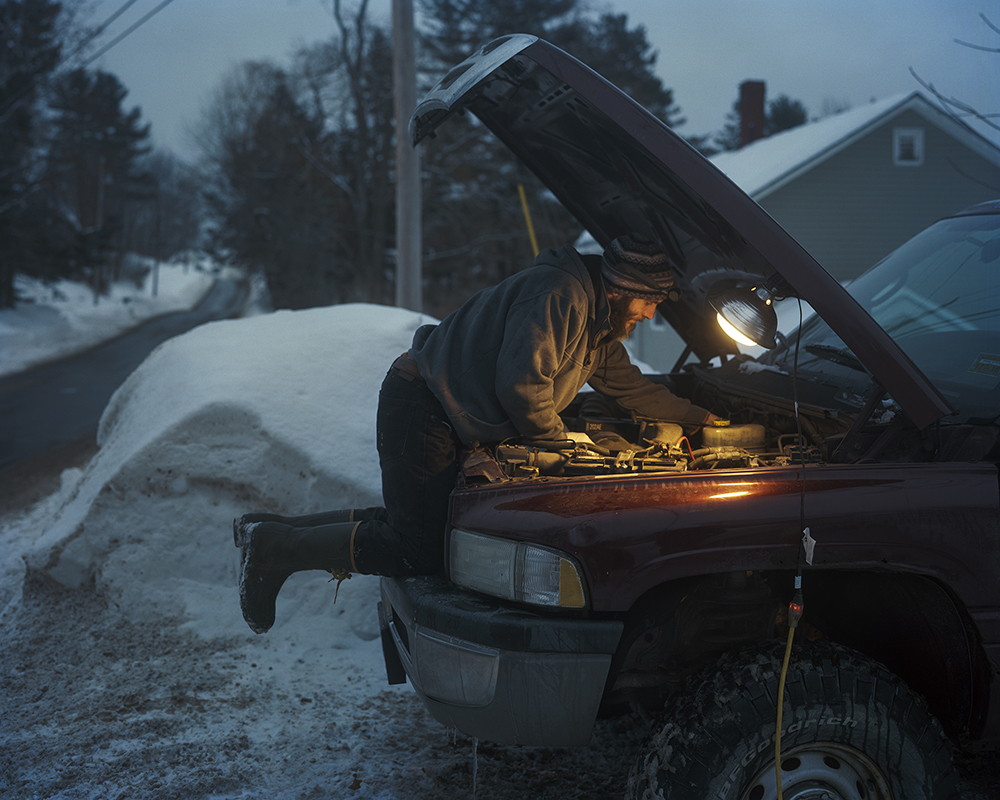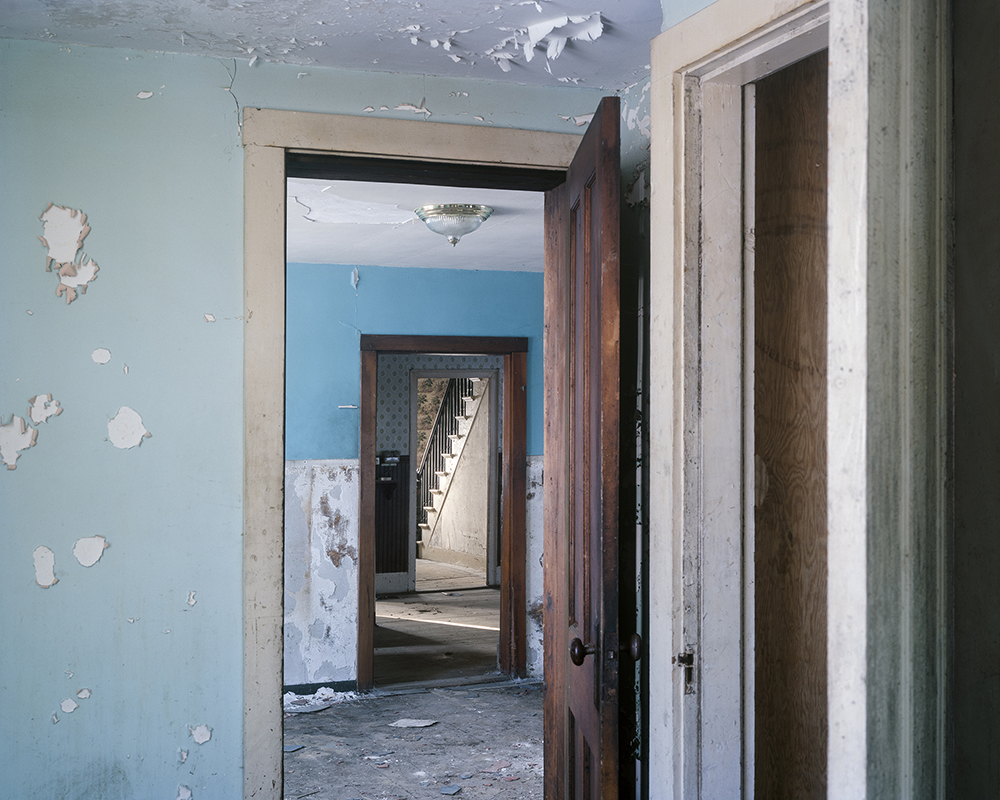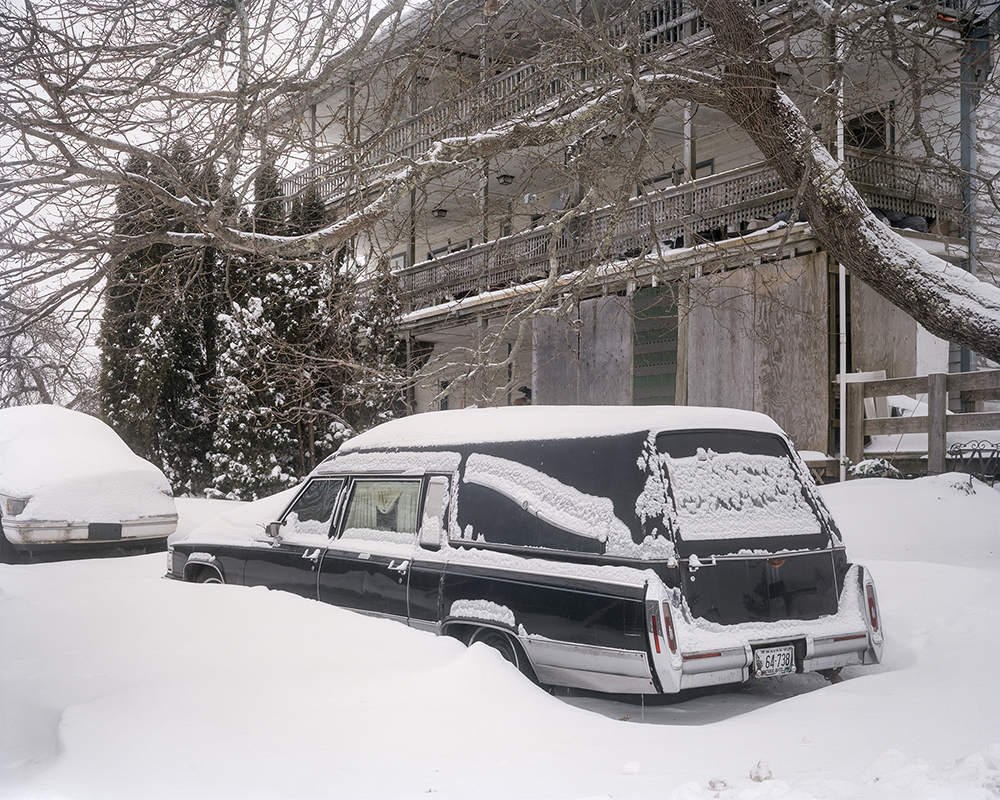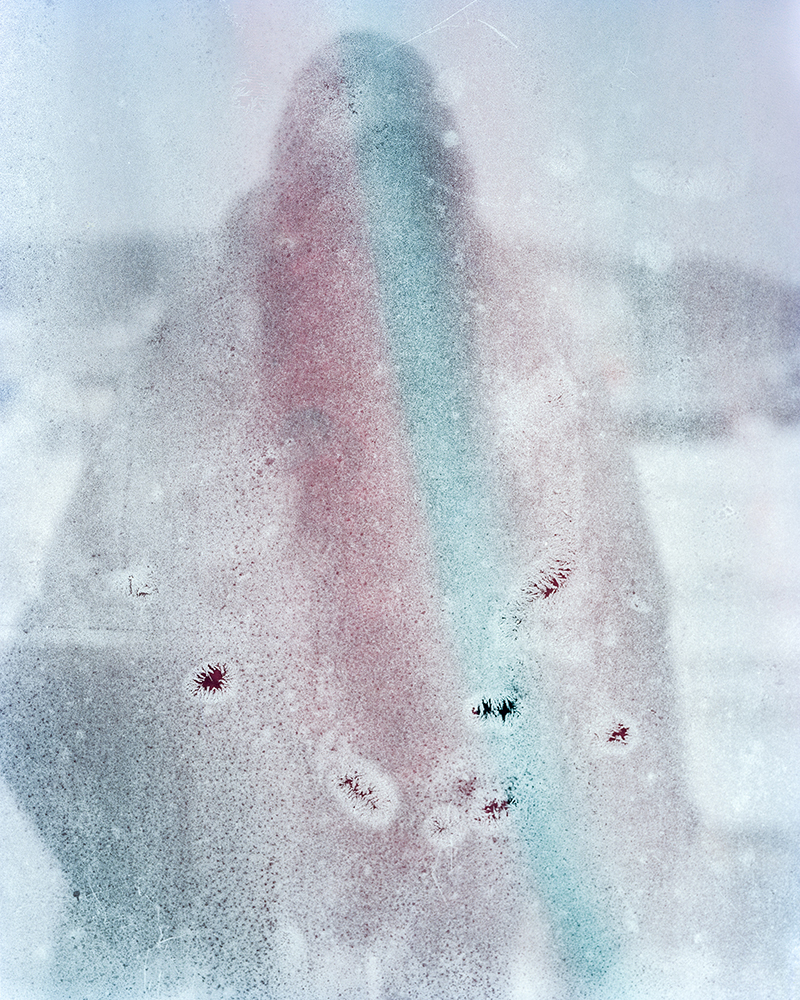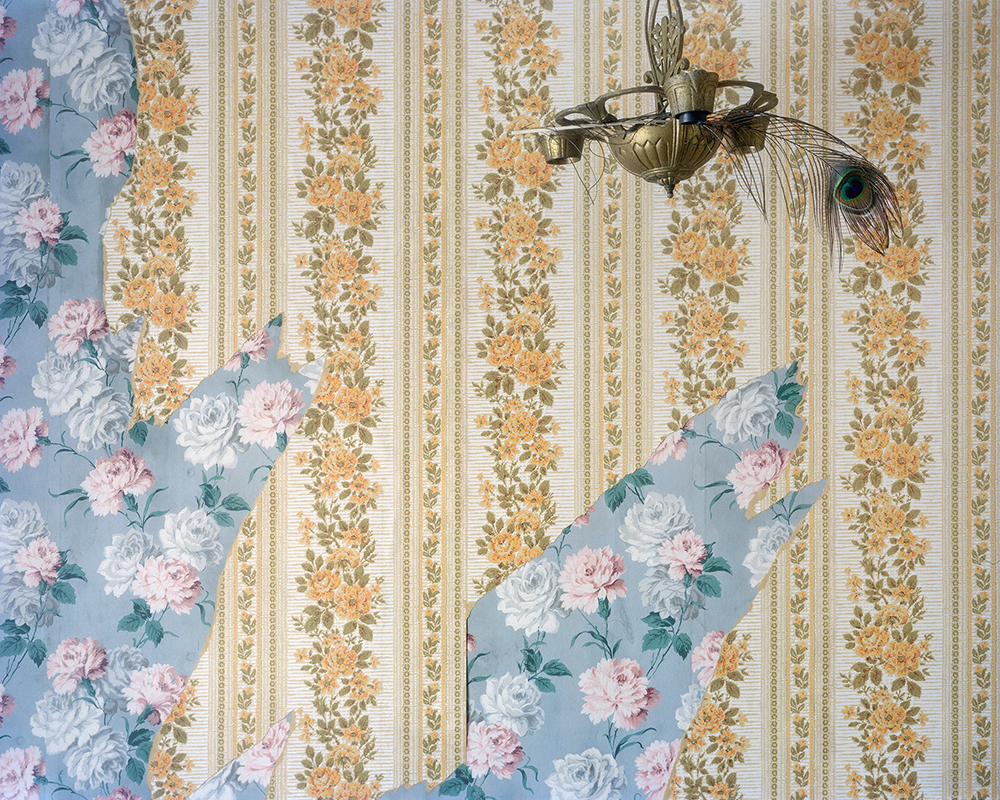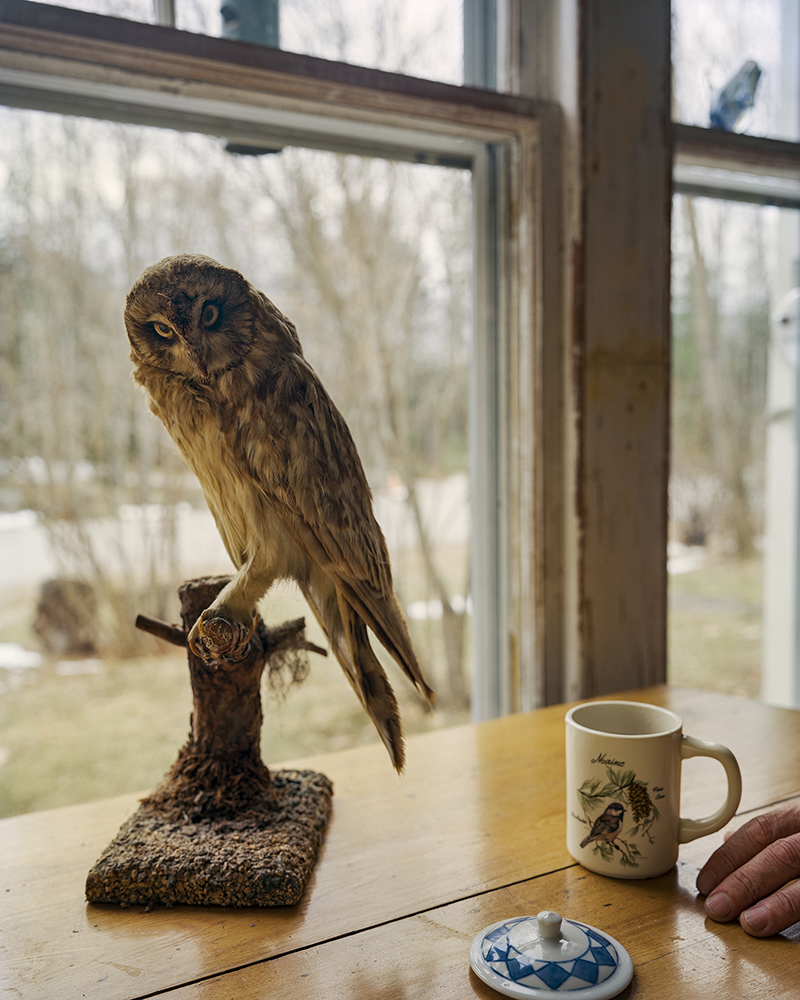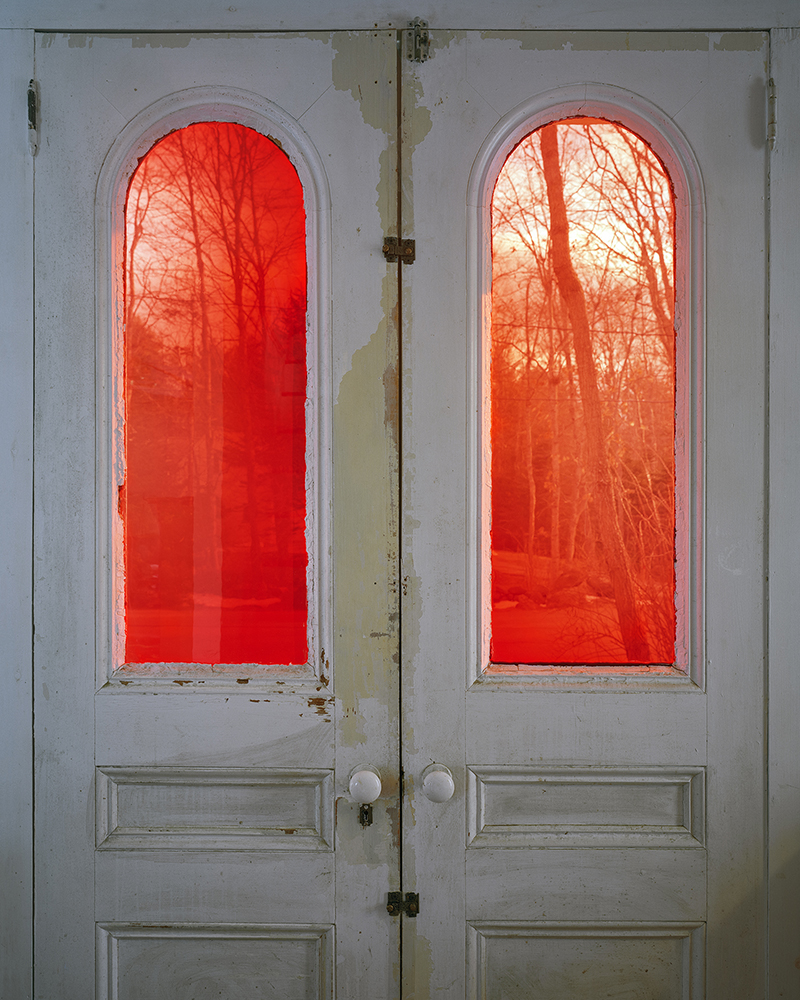Photography Educator: Eliot Dudik
Photography Educator is a monthly series on Lenscratch. Once a month, we celebrate a dedicated photography teacher by sharing their insights, strategies and excellence in inspiring students of all ages. These educators play a transformative role in student development, acting as mentors and guides who create environments where students feel valued and supported, fostering confidence and resilience. By encouraging exploration and critical thinking, these teachers empower students to pursue their passions and overcome challenges.
I met Eliot Dudik ten years ago at the PhotoNOLA Portfolio Review sessions, the same year that he won the prestigious PhotoNOLA Review Prize. He was sharing prints with other photographers from his project Broken Land and I was struck by the powerful imagery, his process and the sincerity of his work. Since then our paths have crossed a few times and I’ve gained insight into his role as an educator. As you’ll see in this article, his images along with student testimonials and my interview with him, reveal a deep sensitivity, honesty and commitment to photography that influences everything he does. It is no surprise that his students produce such rich and complex work. I encourage you to look at their projects on Instagram and on their websites below.
In the word’s of Eliot’s students,
When I first became interested in the book arts, several people told me about Eliot and his bookmaking workshops. I had the pleasure of attending one of his workshops last spring. Eliot’s attention to detail, thoughtfulness, and willingness to share his process with his students were the first things that stood out to me as an attendee. Our workshop preparation began with a review of our projects and several zoom discussions about editing and sequencing. This proved to be a valuable step, allowing us to focus on the craft of book making while in the studio. As a teacher and workshop leader, Eliot demonstrated a desire to equip us with the tools we needed to be successful not only with our current projects, but with future projects as well.
Since attending the workshop, I have worked with Eliot one-on-one to complete a limited edition of a book. His strengths as a teacher carried over into our time together as he guided me through each step of the process. He goes above and beyond to help his students fulfill their visions for their work.
Kyle Worthy, kyleworthy.com
I took my first photo class with Eliot during my freshman year of college and studied with him throughout my undergrad. Meeting him truly changed my life. He taught me the value of hard work and showed me that a life in the arts, though challenging, is possible and worthwhile. Despite his many responsibilities, Eliot is incredibly generous with his time and energy. His unwavering support and encouragement always leave me rejuvenated and inspired. He is not only a mentor but also a dear friend who I trust and respect deeply.
Iris Wu, iriswustudio.com
Eliot Dudik has been my photography professor for the past three semesters and I couldn’t imagine my time at school without his guidance. Although he has a quiet demeanor, Eliot is one of the most passionate professors that I have ever known. He truly wants what’s best for his students and I am always amazed that William & Mary was lucky enough to get him. When he built William & Mary’s photography program from the ground up, he prioritized large format film cameras so students could fully understand the fundamentals of photography.
Eliot implements many of his own interests into the curriculum. He introduces photo book making to his advanced students, helps the capstone students with making their own websites, and occasionally talks about his love for ice cream. Eliot has also set up meetings with many artists in the photography community including Lisa Elmaleh, Linda Moses, and Susan Worsham, emphasizing the importance of making these connections and what it means to be part of the artists’ community.
Thank you Eliot for all of your hard work and your continual commitment to your students.
Greta Frederick Harteis
Much of my research and practice is rooted in exploring the American landscape and the connection between culture, memory, history, and place. My artistic research generally manifests in the form of photographic series, or projects, as is common in the contemporary photographic arts. One of my earlier examples of this kind of long-term photographic research is the well-received series and monograph, Road Ends in Water. Research into the cultural use of the landscape continued with my series Broken Land, which examines the relation between historical and contemporary perspectives through the screen of cultural memory. The varying perspectives and perpetual fascination with the American Civil War drove me to explore the relationship between the conflict’s history and its contemporary perceptions during the 150th anniversary. An interest in the cyclical nature of history led me to examine the similarities between culture and politics of mid-19th century America and that of the current milieu. Efforts for Broken Land led to another study, Still Lives, capturing the spirit of those who immortalize the War through continued enactment of deadly assaults. I believe the capacity to control one’s death, and to routinely personify violent demise, is a complex cultural phenomenon worthy of visual exploration.
My current research is split between two long-term photography explorations and a deep investment in the book arts. The first of these long-term photography projects, Paradise Road, continues my interests in the cultural use of the American landscape as I visit roads across the country named Paradise Road. In considering this typology of place that visually articulates how Americans’ sense of identity and inherent optimism can materialize in the landscape, I am interested in ideas of the American Dream, both historic and contemporary, and whether such a thing actually exists. By combining the notion of the road and perceptions of paradise, I attempt to produce a metaphorical survey of American happiness, security, sanctuary, longing, and sometimes, defeat in this particular changing and imbalanced time.
These next five images from the series Road Ends in Water were made while I was a graduate student. They were made along the rural roads that connect to Route 17, the main thoroughfare between Charleston, South Carolina and Savannah Georgia. At the time of the making of these images the two-lane highway was being widened, engulfing a number of historic buildings and changing the landscape. My concern was for how these localized changes along the highway might impact the communities along the rivers on either side of the highway.
Eliot’s teaching is driven by a profound love of learning. I was eager to learn more about Eliot as an educator and how he applies the sensitivity found in his images to his work with students.
ES: How and why did you get into teaching?
ED: Considering how impactful it has been to the last decade and a half of my life; it still feels strange to say that I did not initially set out to teach. I was quite alone in that regard within my graduate school cohort. I didn’t think I could teach and was in awe of my teachers over the years who did so. I wanted to focus on my artwork, taking on any other job that would support my practice. I was doing that when Kathleen Robbins invited me to the University of South Carolina as a visiting artist to meet with her students. Shortly thereafter, she offered me a job as a sabbatical replacement/adjunct instructor. I agreed to the challenge and wanted to be terrified, but didn’t allow myself to be. I still was but tried to embody someone who wasn’t. It turned out, I really enjoyed it. I made real connections with my students, helped them uncover new perspectives, and was able to watch them grow to be proud of their accomplishments and revelations. I had the opportunity to talk about the power and potential of photography every day with other eager and enthusiastic people, and I knew this is where I wanted to focus my energy. A few years later, I delightedly accepted a position to further these pursuits at the College of William & Mary, while being tasked with building their first photography program. I am still teaching and learning there and feel so grateful every day for the opportunity to work with such brilliant, curious people.
ES: What are the different ways that you approach teaching, from traditional classroom style, to mentoring, to facilitating (etc). Do you favor any approach over the others? Do you feel any approach was more beneficial than the others?
ED: As I was tasked with building William & Mary’s first photography program from scratch, I had the fortunate ability to design the curriculum a little differently. For example, our Photo I course is fully view camera and darkroom printing work. This has had a remarkable impact on our students. When I hand them a view camera in the beginning of the semester, they are immediately struck with fear of the unknown and potential failure that carries. I believe this is a healthy place from which to try and make art. A trust must form. They must trust me to guide them through the process of making an image with such a contradictory simple yet complicated tool, and in turn I trust them to make magic with such a foreign and sophisticated apparatus, material, and process. While the process of working with a view camera can be suffocatingly technical, and many have dedicated their lives to the tiniest minutiae of the process, I tend to introduce students to view camera processes through some preparatory information dumps and demonstrations, but importantly: just enough to get them out of the classroom and make them photographically and artistically dangerous. I don’t want to weigh them down; I want them to be nimble and experimental. Then I can address what discoveries, triumphs, and failures they come back with on an individual basis and through class critiques. This process has proved to be valuable on a number of levels. The students are forced to take their work seriously. They must make a long series of decisions with every photograph. There is no other choice. Disregarding a single decision could result in an unusable image or no image at all. We reach a level of intensity, commitment, and personal accountability in this course that I think is rare at the introductory level, and with that as our baseline, we have a lot of room for growth in our upper-level courses. Once we have passed through this initial photo bootcamp, I tend to become much more of a mentor and facilitator for my students. I want them to come to me with their ideas, what they are truly passionate about, what they are curious to explore, and I will help them figure out viable paths toward discovery.
ES: What are your challenges in teaching?
ED: I am pretty soft spoken, so it can be difficult for me to retain the focus of large groups. I do much better with smaller classes, which most of mine are, and even better when I work with students individually.
ES: What keeps you teaching?
ED: Simply the prospect of new discovery every day.
ES: Did you have an influential photography mentor or teacher? What was their biggest impact on you?
ED: Yes, absolutely. I was fortunate to have quite a few. The person who had the biggest impact on me though was Rebecca Nolan. She treated me like a friend, but did not hesitate to call me out on any bullsh*t or excuses I was blind to. She is as authentic as they come, and I knew I could trust her. I knew she truly wanted to see me succeed and she worked hard to get me the resources and support I needed to make my goals happen. Rebecca treated me like an equal, and she held me to a high standard because of it. I knew I wasn’t her equal, but by taking me seriously, she gave me the agency to take myself seriously. Over the years, I’ve combined the sum of my experiences as a student in various kinds of programs, an artist, teacher, and human being into my teaching philosophy and method. I try to provide my students with all that was fantastic about my education as well as things that I wish I had experienced. Fundamental to my teaching and the community I strive to build in my classrooms is what I learned from Rebecca Nolan about the power of authenticity, trust, and mutual respect. I can see my students know I take them seriously and believe in them, and the meaningful work they choose to invest in, I believe, is in part because they have been given the agency to take themselves seriously. And they know I have their back.
ES: What do you feel is your most important role as a teacher?
ED: To help students believe in themselves, that their thoughts, feelings, ideas, and experiences are valid and worth exploring, and to help them see that through dedicated and sustained hard work, all things are possible.
For the past five years, I have spent considerable time focusing my interests in the culture and landscape of the state of Maine. In the summer of 2020, I began a new chapter in collaboration with the Schoodic Institute at Acadia National Park, the park’s primary partner in science and education that pursues collaborative solutions to critical environmental challenges. My efforts to visually articulate the nuance of our relationship to the landscape continues through this partnership, while expanding my work to include visual collaborations with environmental science researchers throughout the park and a re-photographic survey of photographs made about 100 years ago during the founding of the park by Herbert Gleason. The Schoodic Institute and I expect these efforts to culminate in an art/science monograph, portfolio, and exhibition.
ES: Tell us about your transition into book arts. Was there a particular catalyst for the shift to this art form?
ED: Yes, it grew from one of a few fascinations and obsessions in graduate school. I began graduate school wanting to learn to work with a view camera and produce books. I spent the entirety of my time in the program focused on these two things alongside creating my thesis work. Ultimately, I graduated with an exhibition and a self-published, off-set printed, perfect bound book, Road Ends in Water, in an edition of 1000. This was around 2010, and producing a book as part of a thesis wasn’t as pervasive then as it is today. The popularity of the photobook as a creative means of photographic expression has exploded since then and with it so too has the resources and small publishers available to help see book projects through.
In the process of trying to make my first book, and in beginning my photobook library collection that has since grown to a size that dictates where I can live, I became enamored with the process and the potential of the photobook. As someone who holds a high regard for material and process, the idea of learning to make my own books by hand became my next infatuation. To apply pressure, I scheduled myself to teach a course on book arts at the University of South Carolina before I really knew very much about hand making books. I spent the summer experimenting and learning about materials, tools, and techniques, and I taught my first course in book arts that fall. It became one of my favorite courses to teach because I had students from all over the university, not just the photography program, and the book form seemed boundless and unrestricted in its ability to help students grapple with and convey ideas. I began making editions of books for myself, some of which I would trade with my students, and soon after I began teaching photobook workshops during the summer that delve into editing and sequencing, design, printing, and binding strategies. I’ve since built myself a substantial (in weight alone if nothing else) book bindery studio that I teach, mentor, and create out of.
ES: As a photographer, educator and book artist you juggle many balls – how do you find balance and keep all the balls moving?
ED: I’m not sure I’ve had anything like balance in my life since leaving the family farm I grew up on. Most things these days are driven by necessity; everything is last minute because there just isn’t enough time in the day. I wish I could spend more time with each of these facets of my life, as well as with my family, friends, and nature. I try to be efficient, that is all I can do. So, a lot of my work takes place in nature, ideally with family and friends.
ES: Has your personal work been effected by your teaching experience? How?
ED: Absolutely, it is unavoidable. Both teaching and art making for me share much of the same process and practice of thinking, analyzing, reacting, making, expressing, editing, evolving, etc. In that way, my teaching and art making practice both grow stronger because of the other.
I have been traveling along the coast of Maine during the winter months in an attempt to better understand the off-season; the relationship between the local and the landscape became paramount when all else has retreated like ebbing tides.
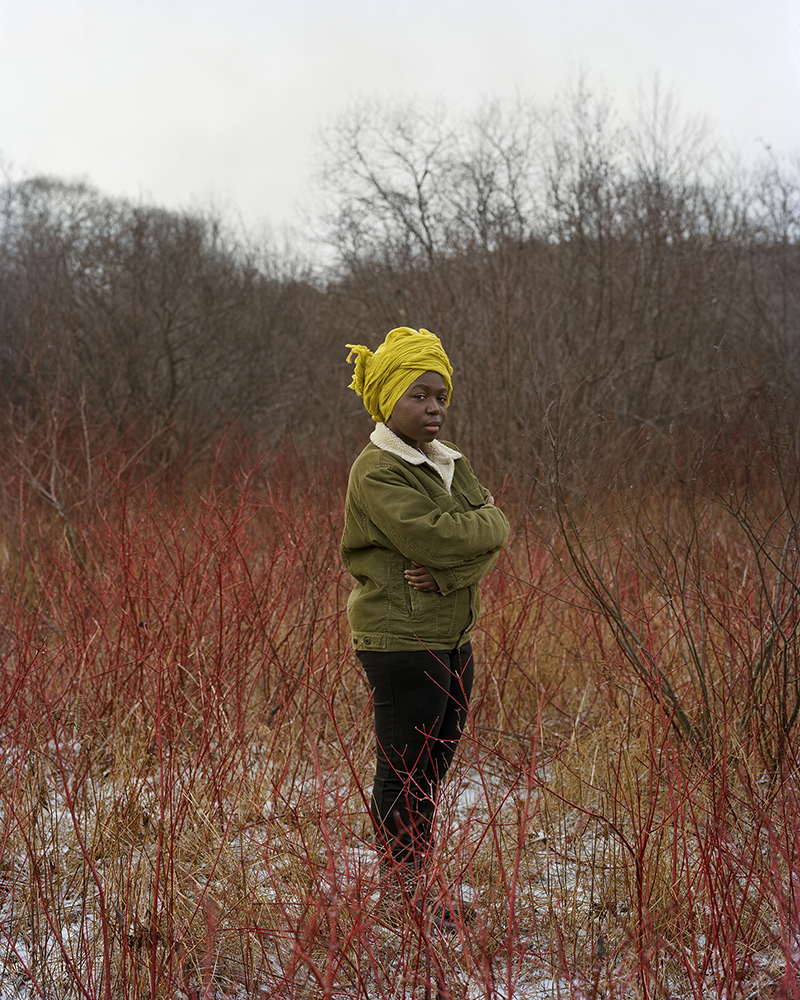
©Eliot Dudik
ES: What is your vision for the future of photography education?
ED: I hope it is one full of love, care, truth, and the meaningful exchange of ideas that impact lives in positive, brilliant ways.
ES: What advice would you give to graduating photography students?
Never stop pulling on your threads of curiosity. Those threads are your path. The path is your art.
About Eliot
Eliot Dudik is an American photographer and book artist with works in institutional and private collections worldwide. His long-term projects, books, and collaborations focus on the connections between landscape, culture, memory, history, and how these combine to create place. Increasingly focused on the photobook as a means of expression, Eliot has published, self-published, or hand crafted 11 editions to date, beginning with Road Ends In Water in 2010. He was awarded the PhotoNOLA Review Prize in 2014 for his Broken Land and Still Lives portfolio, resulting in a book publication and solo exhibition. In 2015, he was selected for Magenta Foundation’s Flash Forward and Duke University’s Archive of Documentary Arts Collection Award for the entire series of Road Ends in Water prints.
His works have been acquired by institutions such as the National Gallery of Art in Washington DC, Yale University’s Beinecke Rare Book & Manuscript Library, The Virginia Museum of Fine Arts, Duke University’s Rubenstein Rare Book and Manuscript Library, the MoMA Library, Virginia Commonwealth University’s Special Collections and Archives, Chrysler Museum of Art, University of Connecticut, William & Mary, the Cassilhaus Collection, The Do Good Fund Collection, Southeast Museum of Photography, Museum of Fine Arts, Houston, Phoenix Art Museum, as well as many private collections.
Eliot is based in Richmond, Virginia where he manages his active photography and book arts studios. He founded the photography program within the Department of Art & Art History at the College of William & Mary in 2014 where he is currently teaching and learning.
To see some of his students work, follow William & Mary Photo on Instagram here
Elizabeth Stone is a Montana-based visual artist exploring potent themes of memory and time deeply rooted within the ambiguity of photography. Stone’s work has been exhibited and is held in collections including the Museum of Fine Arts, Houston, TX, Center for Creative Photography, Tucson, AZ, Cassilhaus, Chapel Hill, NC, Candela Collection, Richmond, VA, Archive 192, NYC, NY, Nevada Museum of Art Special Collections Library, Reno, NV. Fellowships include Cassilhaus, Ucross Foundation, Jentel Arts, the National Park Service and the Virginia Center for the Creative Arts through the Montana Fellowship award from the LEAW Foundation (2019). Recent awards include the Arthur Griffin Award (2024), the inaugural Critical Mass Archive 192 Award (2023) and the Photolucida Critical Mass Top 50 (2022). Process drives Stone’s work as she continues to push and pull at the edge of what defines and how we see the photograph.
Website
Posts on Lenscratch may not be reproduced without the permission of the Lenscratch staff and the photographer.
Recommended
-
Salua Ares: Absense as FormNovember 29th, 2025
-
Ricardo Miguel Hernández: When the memory turns to dust and Beyond PainNovember 28th, 2025
-
Pamela Landau Connolly: Columbus DriveNovember 26th, 2025
-
KELIY ANDERSON-STALEY: Wilderness No longer at the Edge of ThingsNovember 19th, 2025
-
Jackie Mulder: Thought TrailsNovember 18th, 2025

